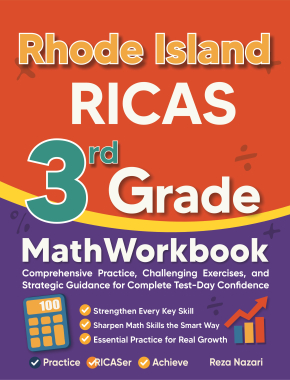Equivalent Rates

Equivalent ratios show identical values. They can be found by comparison. By comparing two or more ratios with one another, you can find out if they are equivalent or not.
To identify whether two ratios are equivalent or not, you have to write them down as fractions. If they are equal, then so are the ratios.
A step-by-step guide to finding equivalent rates
Equivalent Rates – Examples 1
Solve this proportion for \(x\) to check if these ratios are equivalent.
\(\frac{3}{4}=\frac{6}{x},x=_\)
Solution:
Use cross multiplication.
\(\frac{3}{4}=\frac{6}{x} ⇒3×x=6×4⇒3x=24\)
\(x=\frac{24}{3}=8\)
Equivalent Rates – Examples 2
Solve this proportion for \(x\) to check if these ratios are equivalent.
\(\frac{5}{10}=\frac{1}{x},x=_\)
Solution:
Use cross multiplication.
\(\frac{5}{10}=\frac{1}{x} ⇒5×x=1×10⇒5x=10\)
\(x=\frac{10}{5}=2\)
Related to This Article
More math articles
- Top 5 Free Websites for Pre-Algebra Preparation
- 3rd Grade SC Ready Math Worksheets: FREE & Printable
- What Are The Optimization Problems: Beginners Complete Guide
- Tri-Fractional Operations: How to Add and Subtract Three Fractions with Different Denominators
- How to Find the Surface Area of Spheres?
- Full-Length PSAT Math Practice Test-Answers and Explanations
- Top 10 Free Websites for PERT Math Preparation
- 10 Most Common 4th Grade Georgia Milestones Assessment System Math Questions
- How to Use Benchmark Fraction? Benchmark Fraction Definition
- TABE Math FREE Sample Practice Questions






































What people say about "Equivalent Rates - Effortless Math: We Help Students Learn to LOVE Mathematics"?
No one replied yet.